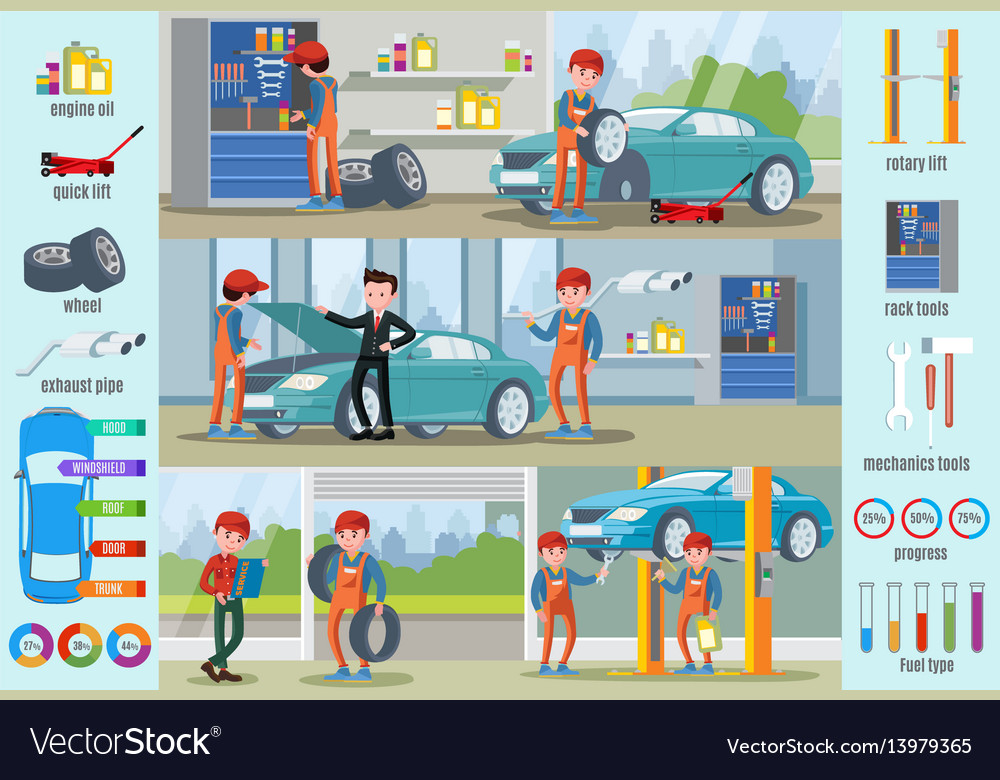Looking For Quality On The Caution Lights Presented On Your Cars And Truck'S Dashboard? Figure Out How They Relate To Your Automobile'S Health And Safety
Looking For Quality On The Caution Lights Presented On Your Cars And Truck'S Dashboard? Figure Out How They Relate To Your Automobile'S Health And Safety
Blog Article
Author-Lim Alvarado
When you lag the wheel, those beautiful warning lights on your dashboard can be a bit bewildering. Do you know what they're trying to tell you regarding your automobile's wellness? Understanding the relevance of these lights is essential for your security and the long life of your vehicle. So, the next time one of those lights turns up, wouldn't you want to analyze its message precisely and take the necessary actions to resolve it?
Common Warning Lighting and Interpretations
Determine usual caution lights in your vehicle and comprehend their definitions to guarantee secure driving.
The most regular warning lights include the check engine light, which signifies issues with the engine or exhausts system. If this light comes on, it's essential to have your car checked promptly.
The oil stress cautioning light shows reduced oil pressure, calling for instant interest to stop engine damage.
A flashing battery light could suggest a damaged charging system, possibly leaving you stranded if not attended to.
The tire pressure tracking system (TPMS) light informs you to reduced tire pressure, influencing automobile security and gas efficiency. Disregarding this might result in hazardous driving problems.
The abdominal light suggests a problem with the anti-lock braking system, compromising your capacity to quit rapidly in emergency situations.
Finally, the coolant temperature advising light warns of engine getting too hot, which can result in severe damage otherwise solved swiftly.
Recognizing these usual warning lights will certainly help you resolve concerns promptly and preserve secure driving conditions.
Importance of Prompt Focus
Recognizing the common caution lights in your car is just the primary step; the relevance of immediately addressing these cautions can not be emphasized enough to ensure your safety when traveling.
When a caution light brightens on your dashboard, it's your cars and truck's way of connecting a prospective problem that requires interest. Ignoring these cautions can cause more severe issues later on, jeopardizing your security and possibly costing you a lot more in repairs.
Motivate interest to cautioning lights can protect against breakdowns and mishaps. As an example, a blinking check engine light could indicate a misfire that, if left unattended, might trigger damage to the catalytic converter. Resolving https://www.sctimes.com/story/money/business/2022/03/03/st-cloud-mn-auto-repair-shops-seeing-high-demand-worker-shortage/6843437001/ can save you from an expensive repair work.
Likewise, a brake system warning light may indicate reduced brake fluid or worn brake pads, critical parts for your security when driving.
DIY Troubleshooting Tips
If you notice a warning light on your dashboard, there are a couple of do it yourself repairing suggestions you can attempt prior to seeking specialist help.
boat detailing services is to consult your auto's handbook to comprehend what the specific warning light shows. In some cases the issue can be as basic as a loose gas cap triggering the check engine light. Tightening up the gas cap might deal with the trouble.
One more common problem is a low battery, which can set off numerous warning lights. Inspecting the battery links for rust and ensuring they're protected may fix the problem.
If a warning light lingers, you can try resetting it by separating the cars and truck's battery for a couple of minutes and after that reconnecting it. Furthermore, checking your automobile's liquid degrees, such as oil, coolant, and brake fluid, can help fix advising lights connected to these systems.
Final thought
In conclusion, recognizing your automobile's caution lights is necessary for keeping your vehicle running efficiently and safely. By quickly dealing with these signals and understanding what they suggest, you can prevent pricey fixings and possible failures.
Remember to consult your vehicle's handbook for certain details on each alerting light and take action as necessary to guarantee a hassle-free driving experience.
Stay notified, remain risk-free on the road!
